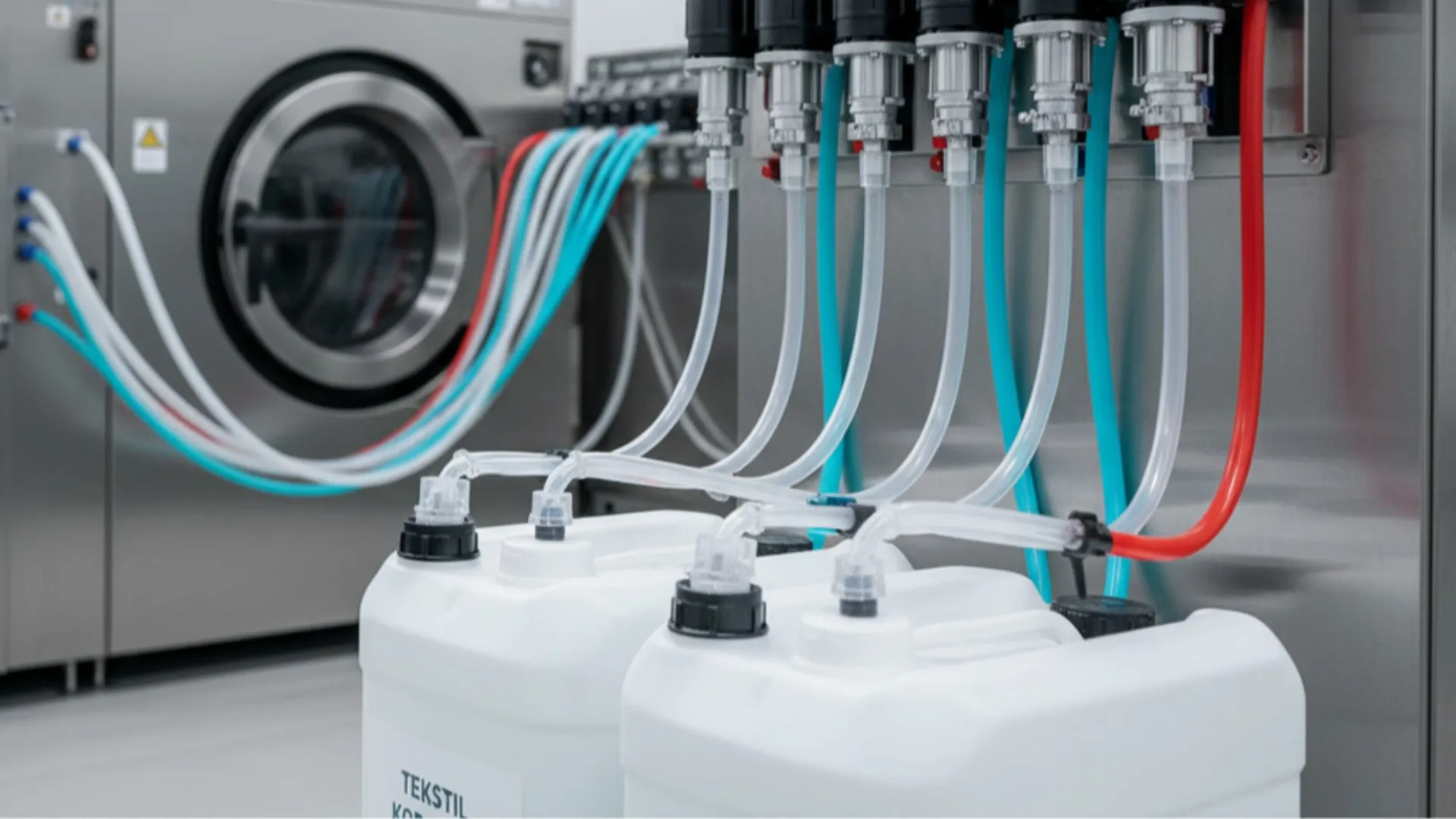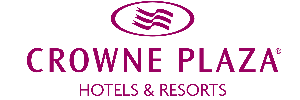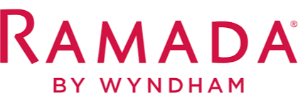Professional Textile Washing Services with Industrial Cleaning Chemicals
In large-scale textile care operations, industrial cleaning chemicals play a central role in performance, cost efficiency, and sustainability. Selecting the right chemical profile is essential to meet hygiene requirements, maintain fabric integrity, and optimize water and energy use. When managed correctly, industrial cleaning chemicals provide consistent quality results and extend maintenance cycles. Organizations should regularly monitor formulation effectiveness, equipment compatibility, and environmental impact to maintain operational reliability.
Key considerations include: – Concentration control and accurate dosing maximize chemical efficiency while reducing waste and cost. – Stain removal technology selection must consider stain type, fabric structure, and dye stability. – Neutralization and rinsing processes should be optimized to meet hygiene standards and minimize water consumption. – Integration with professional washing machines ensures uniform chemical distribution, shorter cycles, and lower energy use. Quality assurance, safety documentation, and protocol audits are vital for compliance and continuous improvement. Collaboration with suppliers supports sustainable textile care performance and ongoing innovation. Institutional policies should align chemical usage with long-term sustainability goals.
Active Ingredient Selection and Application Based on Stain Type
Choosing the correct detergent and auxiliary agents directly impacts cleaning performance and textile longevity. Active ingredients in industrial cleaning chemicals should be selected with attention to foam control, ion balance, pH stability, and enzyme profile. The ideal combination depends on fabric type, dye characteristics, and stain composition. Stain removal technologies must be optimized for organic, protein, pigment, and inorganic contaminants.
Implementation steps include: – Conducting pre-treatment assessments to determine stain types and appropriate treatment duration. – Aligning dosage protocols with machine capacity and type for optimal chemical efficiency. – Managing rinsing and neutralization parameters—such as temperature and mechanical action—to protect both hygiene and fabric integrity. Performance assessment should include not only cleaning efficacy but also durability, color retention, and long-term cost. Using machine-compatible formulations enhances energy efficiency and minimizes wastewater generation.
Sustainable Cleaning Practices and Chemical Balance Management
At the corporate level, sustainable cleaning practices aim to reduce resource use while maintaining hygiene and quality. Chemical selection should consider biodegradability, ecotoxicity, and wastewater impact. Sustainable approaches—such as oil separation, recycled water systems, low-temperature active formulas, and automated dosing—balance efficiency and environmental stewardship. Regular evaluation of product composition, environmental risks, and equipment calibration ensures performance consistency and compliance.
Wastewater chemistry should be monitored continuously, applying neutralization and treatment methods that meet legal and environmental standards. Companies should invest in sustainable cleaning technologies that offer long-term savings and strengthen brand reputation. Selecting industrial cleaning chemicals with a lower environmental footprint supports both hygiene performance and sustainability reporting requirements.
Optimizing Chemical Consumption with Textile Management Strategies
Optimizing chemical consumption is key to operational efficiency and cost management. Planning the use of industrial cleaning chemicals must integrate washing capacity, maintenance schedules, inventory control, and supplier collaboration. Data-driven strategies—supported by continuous performance tracking and staff training—enhance consistency and sustainability.
Strategic measures include: – Conducting formulation-based cost analyses to balance expense and performance. – Reducing waste through dosing automation and sensor-based monitoring integrated with professional washing systems. – Strengthening compliance through employee education and standardized protocols. This data-driven approach aligns textile management strategies with sustainable cleaning practices, ensuring reduced environmental impact and operational reliability.
Industrial Laundry Formulations Compliant with Hygiene Standards
Developing formulations that meet hygiene standards is a core requirement for institutional clients. Proper formulation selection involves antimicrobial effectiveness, pH balance, rinsing efficiency, and fabric-friendly composition. Industrial cleaning chemicals used in healthcare, hospitality, and production environments must minimize residues while ensuring full compliance. Effective formulations balance stain removal performance with textile preservation.
Key development considerations include: – Identifying target microorganisms and defining antimicrobial thresholds and contact times. – Testing detergent combinations for color retention, fiber compatibility, and fabric durability. – Coordinating rinsing performance with water treatment requirements and waste management protocols. – Monitoring wastewater characteristics and adjusting formulations accordingly. Consistent verification, integration with professional washing machines, and standardized care protocols ensure quality and sustainability across textile cleaning operations.
























